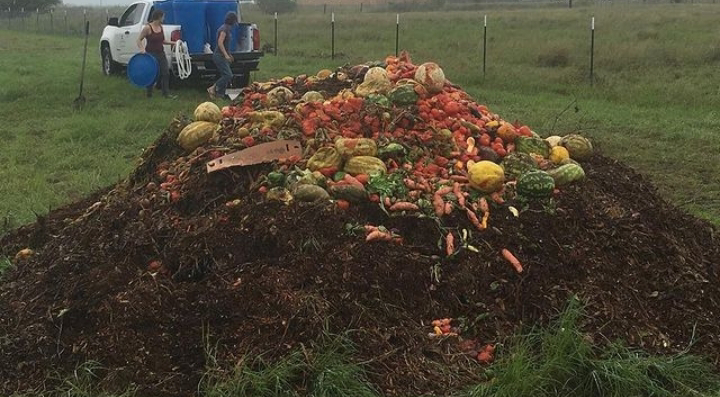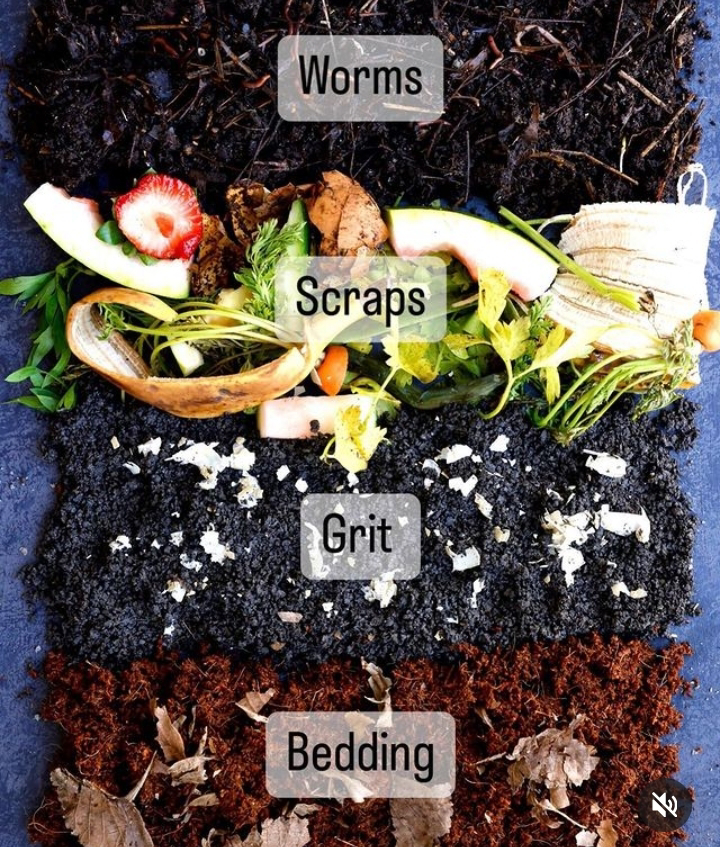Composting in hot climate
Composting in a hot climate can present both advantages and challenges. The process of composting breaks down organic matter into nutrient-rich humus that can be used to enrich soil and support plant growth. However, in hot climates, the high temperatures can affect the composting process in several ways.
Here are some tips and considerations for composting in a hot climate:
1. **Choose the right location *: Select a shaded area for your compost pile or bin. The intense heat from direct sunlight can dry out the compost and slow down the decomposition process.
2. **Aerate the compost**: In hot weather, compost piles can become overly compacted and lose essential airflow. Regularly turning or aerating the compost helps to introduce oxygen and maintain a healthy microbial population, which accelerates decomposition.
3. **Add moisture**: High temperatures can quickly dry out the compost, so it's crucial to monitor its moisture content. Water the compost pile as needed to keep it consistently moist but not waterlogged. Use a hose or a watering can to add water, especially during dry spells.
4. **Use smaller pieces of organic material**: In hot climates, it's beneficial to cut or shred the organic materials into smaller pieces. This increases the surface area and facilitates faster decomposition.
5. **Balance green and brown materialsBalance green and Balance Brown **: Composting requires a balance of nitrogen-rich green materials (such as kitchen scraps, fresh yard waste) and carbon-rich brown materials (like dried leaves, straw). In hot climates, the compost pile can quickly become too hot and smell foul if there's an excessive amount of nitrogen-rich materials. Finding the right balance is essential.
6. **Consider insulated compost bins**: If you're using a compost bin, consider getting one with insulation. Insulated bins can help regulate the internal temperature and protect the compost from extreme heat.
7. **Use shade cloth**: If you can't find a shaded area for your compost, consider using shade cloth or covering the compost pile with a tarp. This helps to reduce direct exposure to the sun and maintain a more stable temperature.
8. **Choose appropriate composting methods**: Some Composting Methods such as Vermicomposting (using worms), can handle hot weather better than traditional compost piles. Worm bins are generally more temperature-tolerant and can work efficiently in hot climates.
9. **Avoid meat and dairy**: In hot weather, avoiding the inclusion of meat, dairy, and other animal products in the compost is essential to prevent attracting pests and producing unpleasant odors.
10. **Monitor and adjust**: Regularly monitor the compost pile's temperature, moisture, and odor. Adjust your composting practices accordingly to create the ideal conditions for decomposition.
Composting in a hot climate can be more challenging, but with proper management and attention to the factors mentioned above, you can still successfully create nutrient-rich compost for your garden or plants.

























